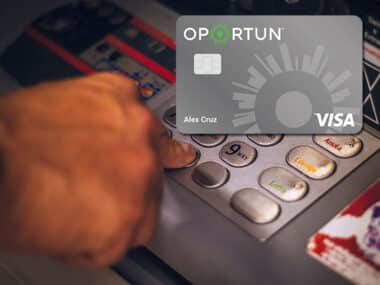
A charge-off can negatively impact your credit score in a significant way. When you don’t pay an account balance for several months in a row, a creditor writes the debt off as a loss. They cancel your account and you are responsible for paying that debt in full. Charge-offs can happen to:
- Mortgages;
- Credit card balances;
- Car loans;
- Other debt you incur.
Typically, a charge-off happens over six months — enough time to do severe damage to your credit report. Not only does a charge-off impact your score, but the late monthly payments are also harmful; payment history is important in determining credit scores.
A charge-off can remain on your credit report for seven years, causing a lower credit score. A low credit score can have negative effects such as:
- Difficulty saving;
- Increased or additional security deposits;
- Denied credit applications;
- Trouble getting approved for loans.
However, you can try to remove a charge-off from your credit report by sending a letter to the creditor. While you still have to pay the charge-off, you may be able to remove the negative entry sooner, which can help raise your credit score.
Remove Charge-Off Letter Template
[Your name
Your address
Complete account number]To [name of creditor],
This letter is about a debt claimed under the account number listed above. I wish to settle this debt in full without prejudice, in return for the removal of the “charge-off” status with the credit rating agencies.
This is not an admission of the debt or a payment agreement unless you agree to have all information related to this debt removed from my credit file. In return for your removal agreement, I am willing to make payment in the full amount of [$XXX.XX] to be sent by certified funds, payable to [name of creditor].
If this is acceptable, please acknowledge the details of this agreement in a letter written on your company’s letterhead. You will also agree to contact the collection agency to inform them of the dismissal of the aforementioned debt.
Also, please be aware that as per my rights under the Fair Debt Collection Practices Act, I have a right to request full verification of this debt and to dispute it unless full verification is made. This offer is valid for 14 days from the date of receipt, after which it will be withdrawn and I will exercise my right to full verification.
Sincerely,
[Your Name]
Tips to Write a Charge-Off Letter
When you’re writing a letter to the creditor, one of three things can happen:
- The charge-off status comes off your report;
- The charge-off status is changed to “paid” or “closed.”
- The charge-off is changed to “settled.”
There are some tips to consider before you write your letter:
- Communicate directly with the original creditor. They are the only ones who can remove the charge-off.
- Be kind and respectful. Creditors are less likely to help someone who is combative.
- Explain why they should remove the charge-off, whether it be a mistake or you plan to pay an amount.
- Do not make excuses as to why you didn’t pay the account in the first place.
- Be direct. The creditor may not have time to read a long letter.
- Get a return receipt to be notified when the creditor gets your letter.
- Have someone proofread the letter.
- Do not send original documents.
- Be clear about which charge-off you wish to remove.
If you are using the charge-off letter template, be sure the letter meets your unique needs. An original letter may have a better chance of being answered.
Should I Pay a Charge-Off in Full or Settle?
Some people try to negotiate with creditors to remove a negative entry by paying a discounted amount. People use this strategy when they cannot pay the full amount. While it may be encouraging to settle the charge-off for a lesser amount, it can still hurt your credit score.
The settled status stays on your credit report for seven years and shows potential lenders that you couldn’t pay the debt in full. This may make them hesitant to give you loans.
An account paid in full appears as an account closed in good standing, which shows lenders you are capable of paying off your debts. An account closed in good status stays on your credit report for 10 years.
Image Source: https://depositphotos.com/





